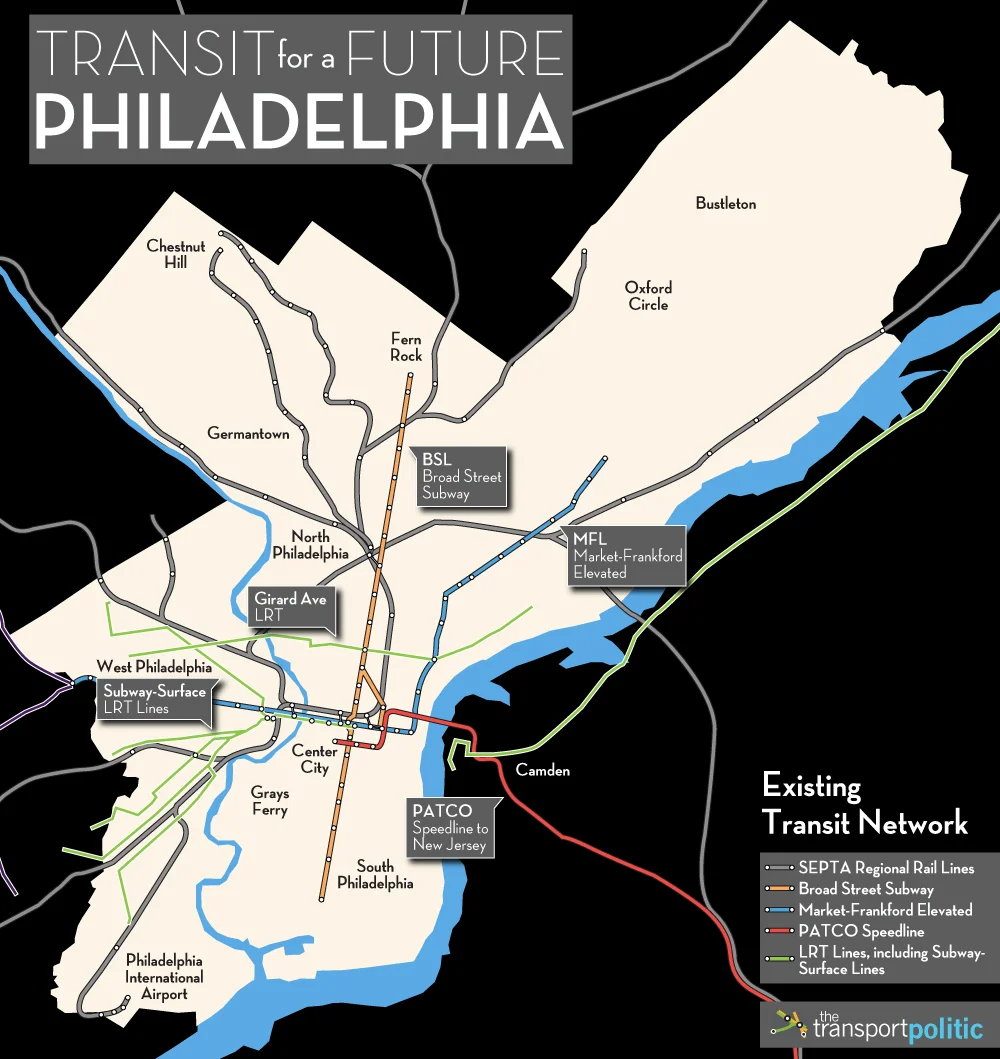“Fallon Aidoo’s exploration of efforts to contest the reworking of spaces related to railroads that crossed class lines provides insight into how such coalitions can be forged.”
- Technology and Culture, 2018
THESIS
(2017) “The Other 'Philadelphia Plan': Community Philanthropy & Corporate Investment in Critical Infrastructure for Back-to-the-City Movements, 1950-1985.” Ph.D. (in Urban Planning) Thesis. Harvard University Graduate School of Design / Graduate School of Arts & Sciences
PUBLISHED CASE STUDIES
(2020) “The 'Community Foundations' of Allyship in Preservation: Lessons from West Mount Airy, Philadelphia,” in Preservation and Social Inclusion (Columbia University Press, Columbia Books on Architecture & the City) [BOOK INFO & ORDERS]
(2017) “Red Arrow Lines,” Encyclopedia of Greater Philadelphia. https://philadelphiaencyclopedia.org/archive/red-arrow-lines/
(2017) “Rights-of-Way: The Right to Work on Critical Infrastructure of Postwar Philadelphia,” Spatializing Politics: Essays on Power and Place (Harvard University Press / Harvard Graduate School of Design, 2015). http://www.hup.harvard.edu/catalog.php?isbn=9781934510469
FUNDING
Hadley Museum & Library, DuPont Fellowship, 2012-2013
Volvo Research & Education Foundation, Graduate Research Associate, 2014-2015
The Tobin Project, Graduate Research Fellowship, 2015-2016
Harvard University Graduate School of Arts & Sciences, Harvard Prize Completion Fellowship, 2015-2016
ABSTRACT
This thesis and related publications explore who has the right and responsibility to produce, plan, maintain, manage and safeguard critical infrastructure for urban resilience and suburban sustainability. The historical study of critical infrastructure protection since the mid-twentieth century highlights public-private partnerships with nonprofit and not-for-profit government corporations (e.g. CDCs, LDCs, CLTs, regional councils, commuter advocacies). Four case studies of regional rail recovery and repair, regulation and redevelopment in Greater Philadelphia demonstrate civil society helped and hindered public transportation authorities in claiming rights-of-way in regional revitalization, politically, physically and legally. Through leases and licenses to urban infrastructure, neighborhood and business associations operated as property managers while conservancies, historical societies and land trusts seeded land they acquired through easements or donation campaigns to trail- and transit-oriented development.
Nearly a dozen organizations that formed before 1964 remained, more than two decades later, an integral part of urban transport planning, policy and politics as donors, investors, receivers and strategists. A few nonprofits that orchestrated rehabilitation of active train stations and other critical transit facilities remain in operation as land trusts, community development corporations and business improvement districts today. Synthesizing qualitative and archival, spatial and social research on their diverse operations and organizations, including several women and minority-owned enterprises, my recent and forthcoming publications map distributed governance of technological obsolescence, fiscal mismanagement and sociopolitical divestment while telling untold stories of nonprofit management and private equity in public transport.
